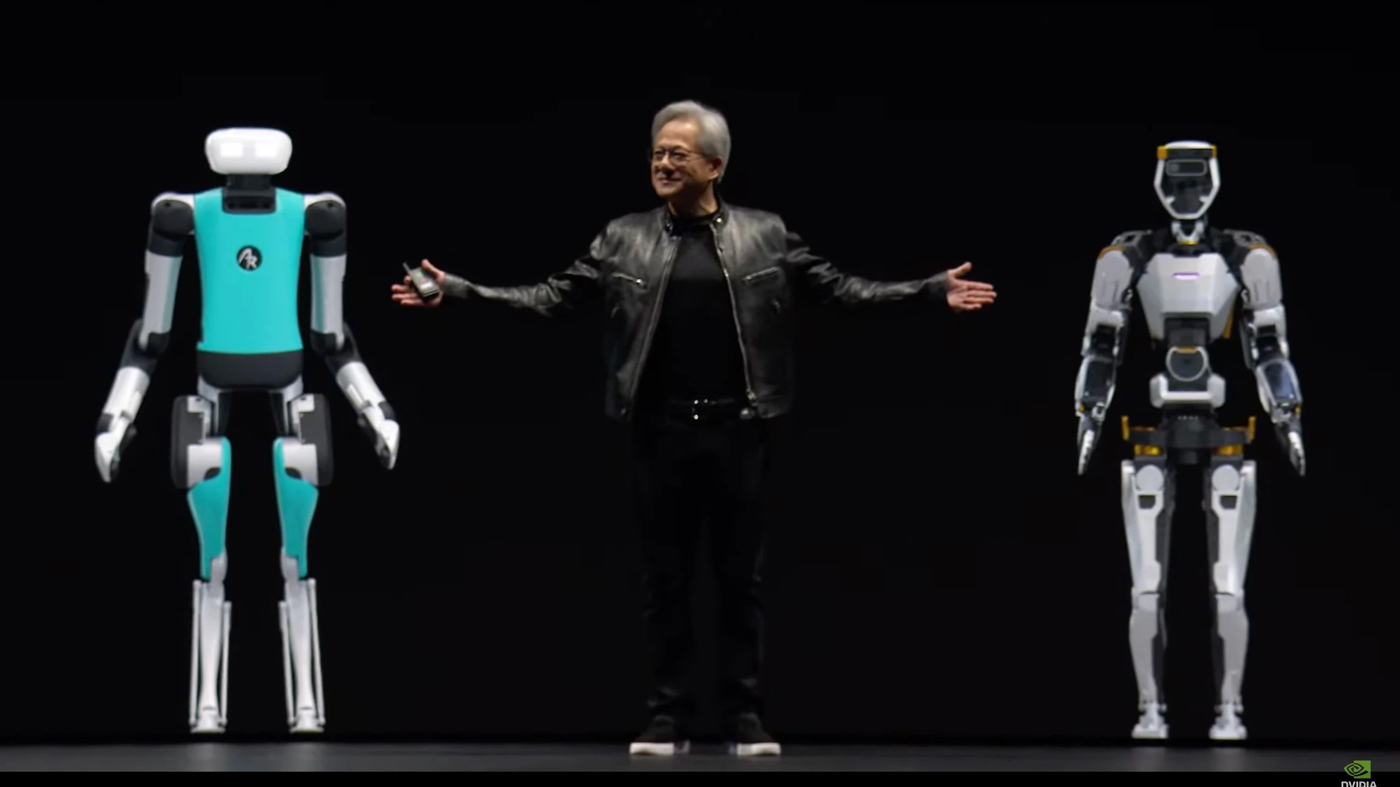Why Mark Zuckerberg’s Meta is leading open source AI?
Meta has made a groundbreaking contribution to the open-source AI landscape with the release of CodeLlama-70B-Instruct. This colossal language model, boasting 70 billion parameters, has achieved a remarkable score of 67.8 on the HumanEval benchmark, placing it among the highest performing open-source models to date. This achievement opens doors to a multitude of possibilities, revolutionizing software development, democratizing AI access, and propelling research forward.
CodeLlama-70B-Instruct’s power lies in its unique combination of size and specialization. Its sheer scale allows it to process and understand vast amounts of information, leading to more refined and accurate responses. But what truly sets it apart is its fine-tuning for instruction-based tasks. This enables the model to excel at following complex directives, generating informative answers, and completing tasks as directed with precision.
The implications of CodeLlama-70B’s success are far-reaching. Developers can expect significant boosts in productivity through automated tasks and intelligent code suggestions. Smaller companies and individual researchers gain access to a powerful tool, breaking down barriers to entry in the previously corporate-dominated AI space. And the research community stands to benefit immensely from a readily available platform for experimentation, accelerating breakthroughs in natural language processing and overall AI capabilities.
However, it’s crucial to remember that AI is a constantly evolving field. Addressing potential biases, ensuring safety, and upholding ethical considerations remain paramount concerns. Despite these challenges, Meta’s CodeLlama-70B marks a giant leap forward for open-source AI, setting the stage for even more exciting advancements in the years to come.
History
The story of CodeLlama-70B-Instruct, Meta’s open-source AI achieving a 67.8 on HumanEval, isn’t solely about its impressive performance. It’s a narrative of iterative leaps, strategic shifts, and ultimately, a commitment to democratizing AI through groundbreaking transparency.
Early Glimmers (2021-2022):
- March 2021: The seeds of CodeLlama are sown with the launch of Llama 2, a large language model trained on diverse text and code datasets.
- August 2022: The first iteration of “CodeLlama” makes its debut, showcasing its ability to generate code based on natural language and code prompts. This closed-source model lays the foundation for future iterations.
Open-Source Evolution (Late 2022 – Present):
- October 2022: Meta makes a pivotal decision, announcing its commitment to open-sourcing future CodeLlama models. This bold move signals a dedication to fostering AI collaboration and broader advancement.
- December 2022: CodeLlama-70B, the first open-source version, arrives with three variations: foundational, Python-specialized, and the fine-tuned “Instruct” model we recognize today.
- January 2023: CodeLlama-70B-Instruct shines on HumanEval, achieving a remarkable 67.8, solidifying its position as one of the highest-performing open-source models in history.
Beyond Benchmarks:
While the high HumanEval score is a clear accomplishment, CodeLlama-70B’s significance transcends mere numbers. Its open-source nature fosters community-driven advancements, accelerating research and development. This model paves the way for:
- Democratized AI: Smaller companies and individual researchers can now experiment with cutting-edge technology, previously locked away in corporate labs.
- Boosted productivity: Developers can tap into CodeLlama’s capabilities for code generation, bug detection, and automated tasks, streamlining their workflows.
- Accelerated research: The open platform allows researchers to test hypotheses, iterate on algorithms, and share findings rapidly, propelling the field of AI forward.
The Future of Opensource AI
The journey of CodeLlama-70B is just the beginning. Meta’s commitment to open-source AI sets a strong precedent, encouraging responsible development and collaboration. As the community embraces and builds upon this powerful technology, we can expect even more innovations in software development, research, and ultimately, the way we interact with machines.





